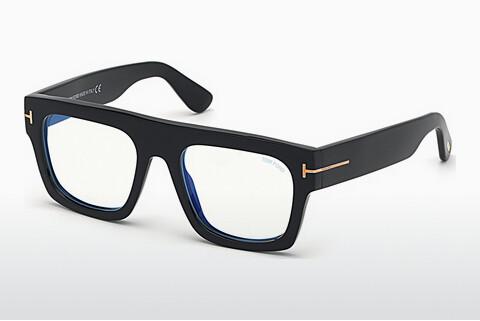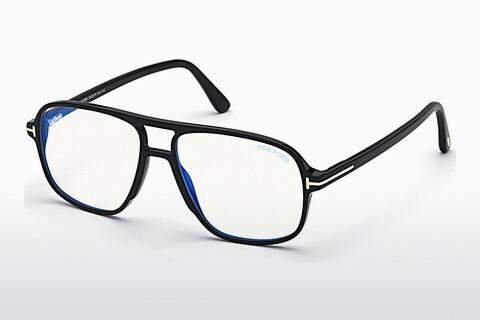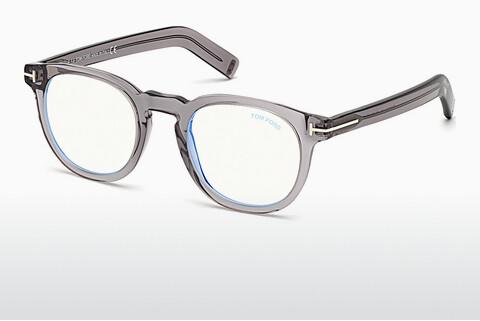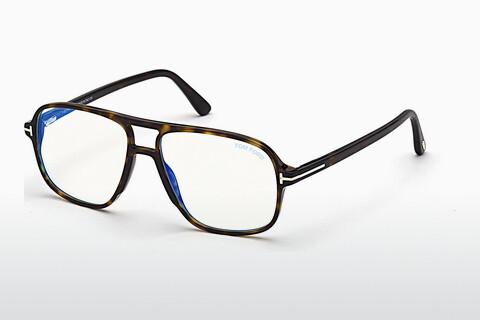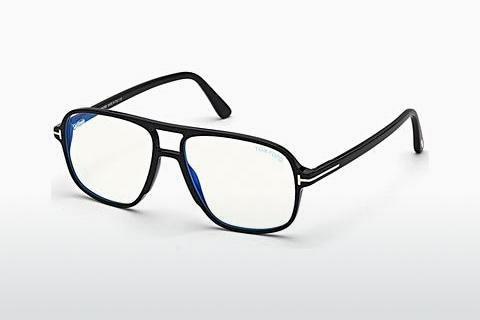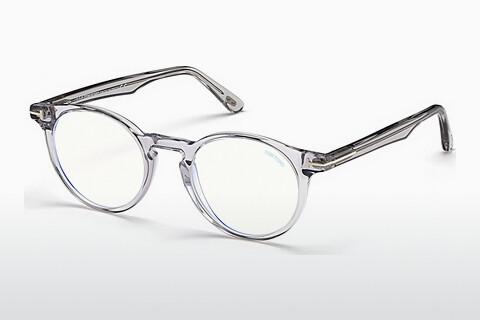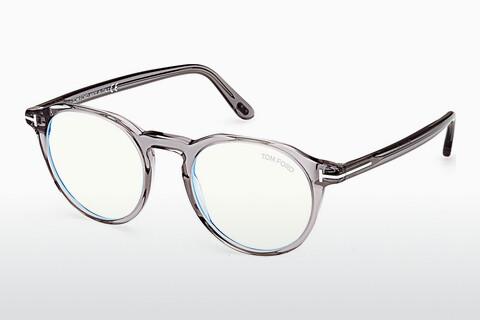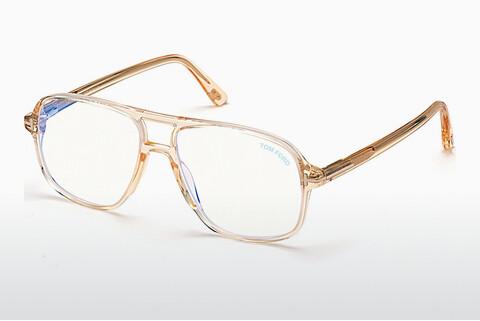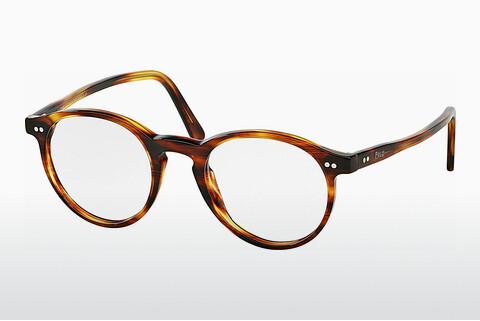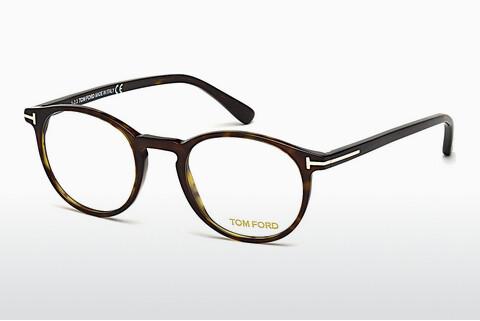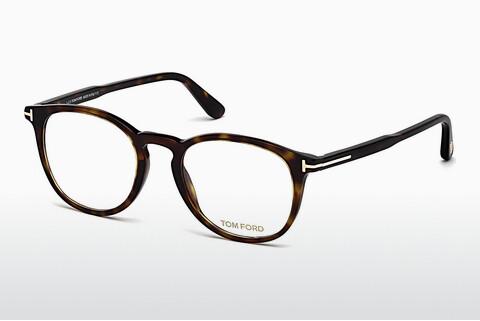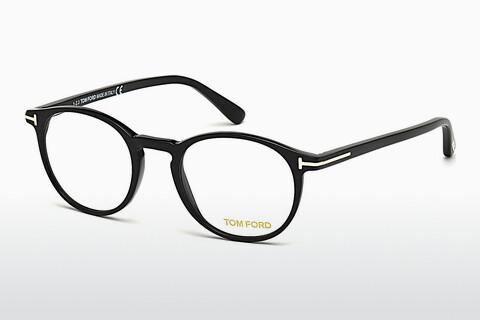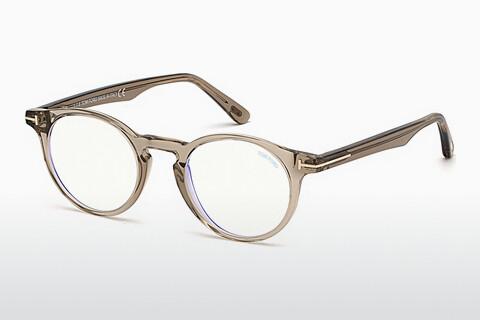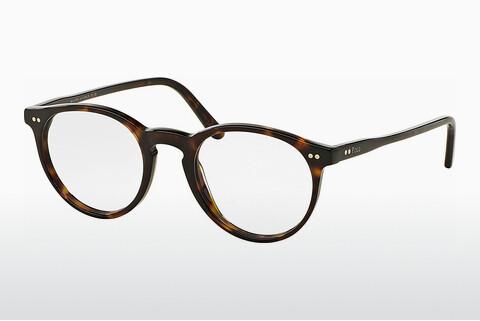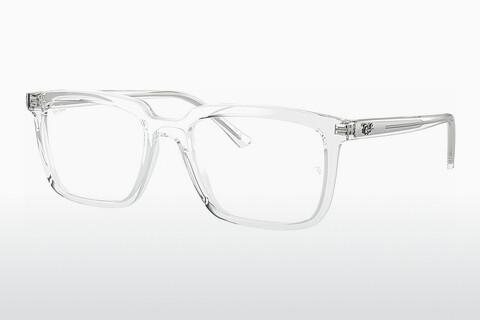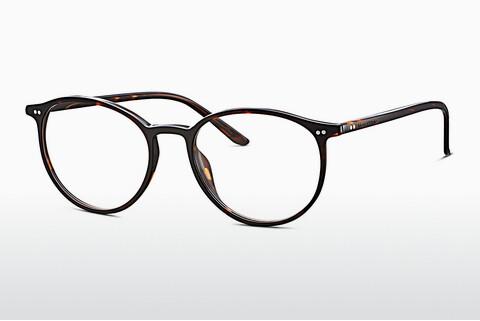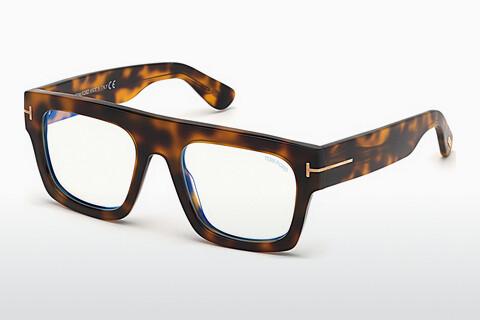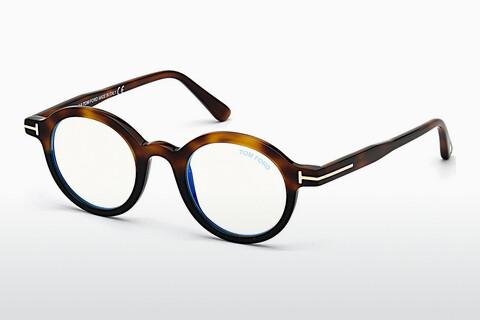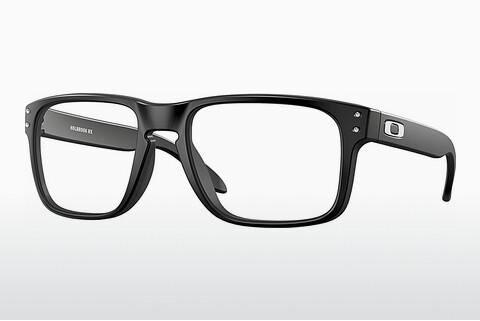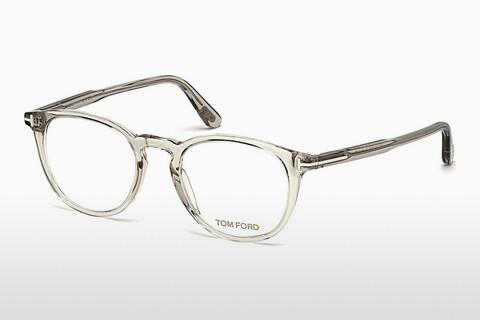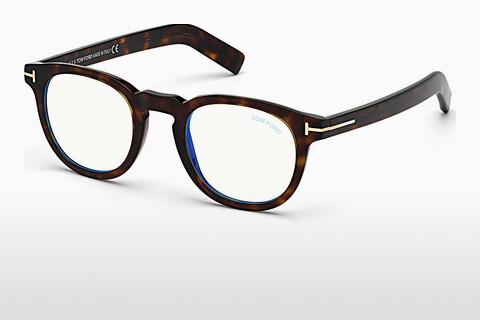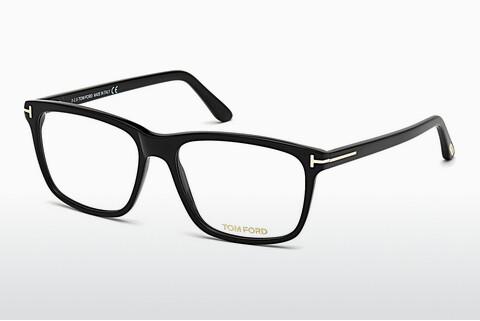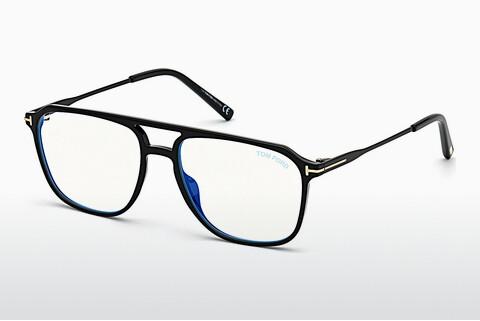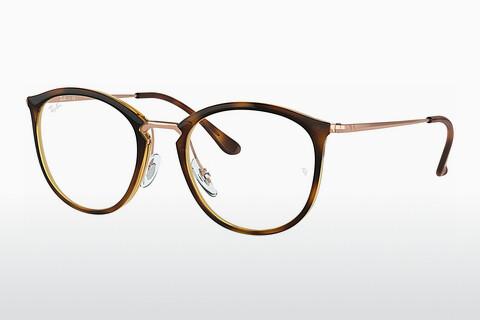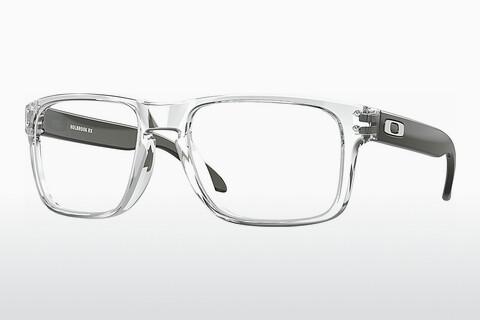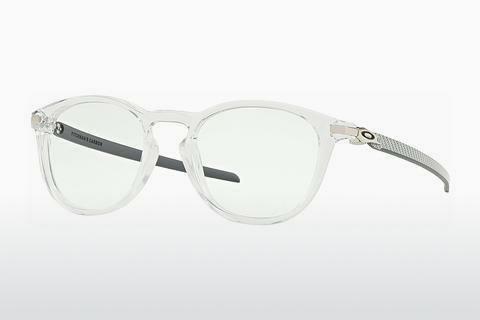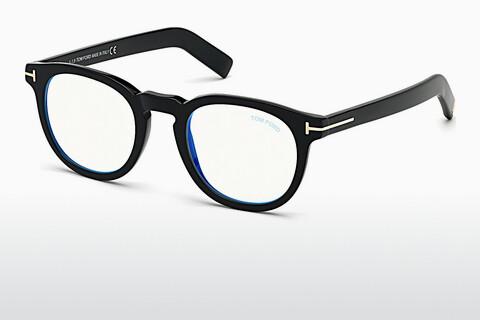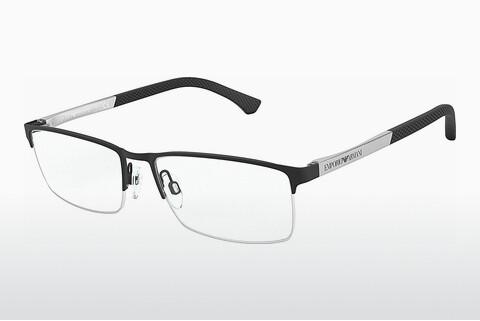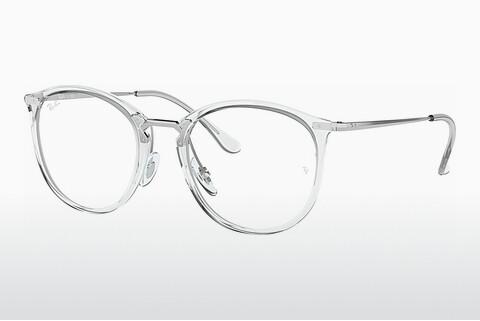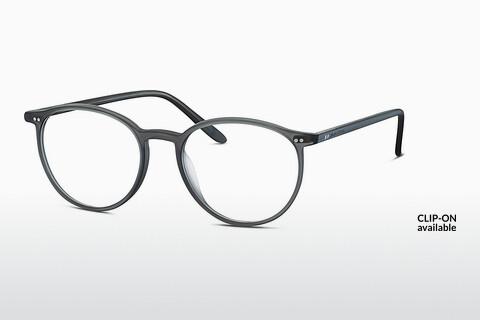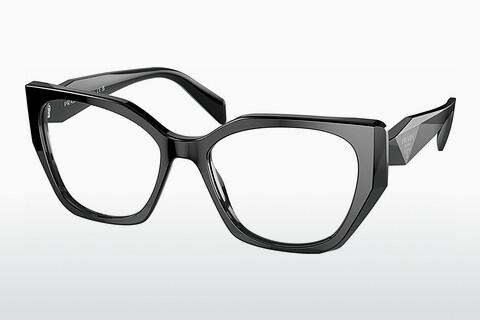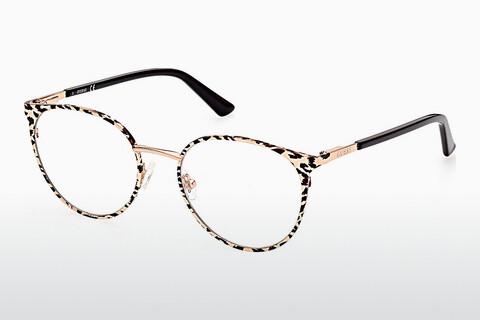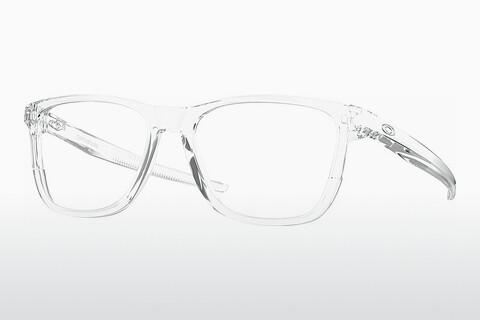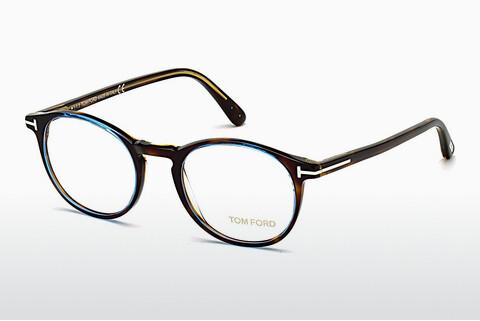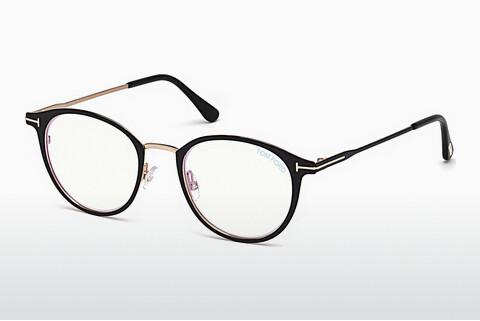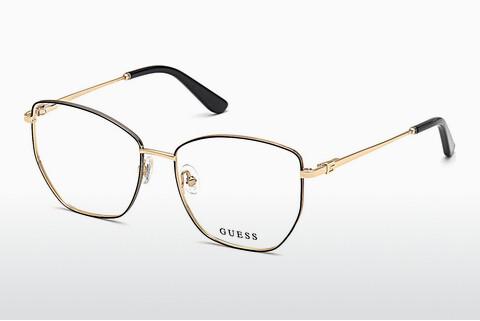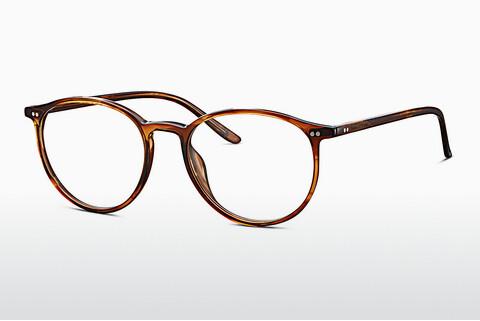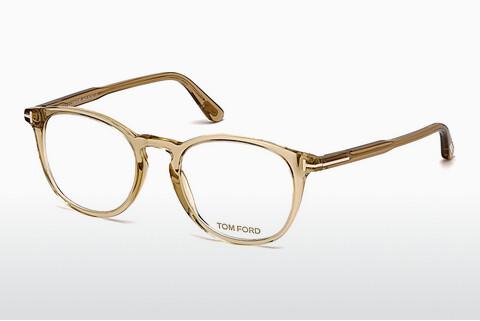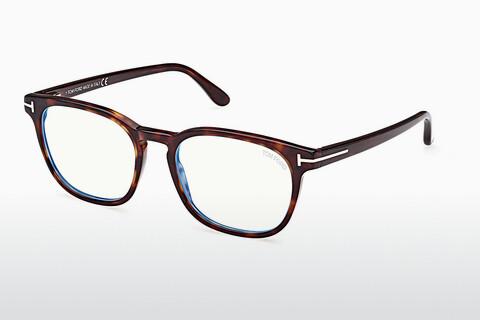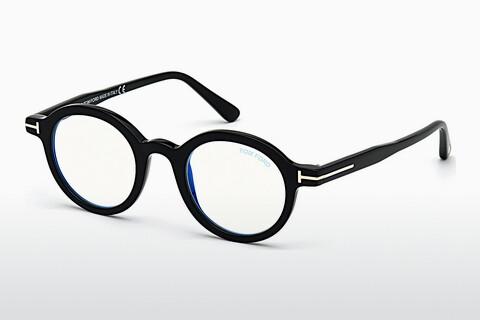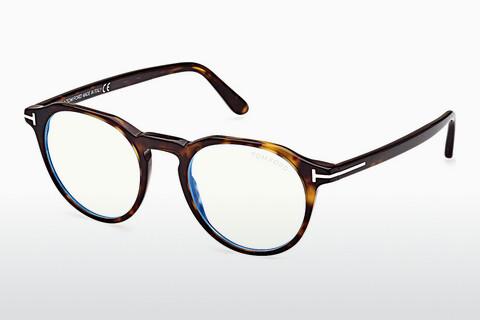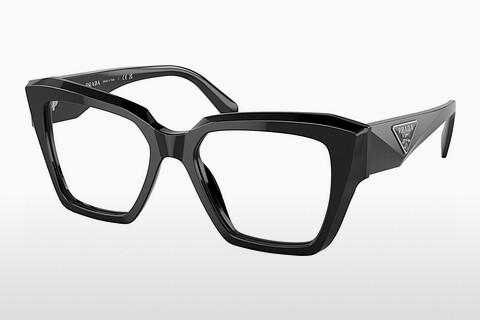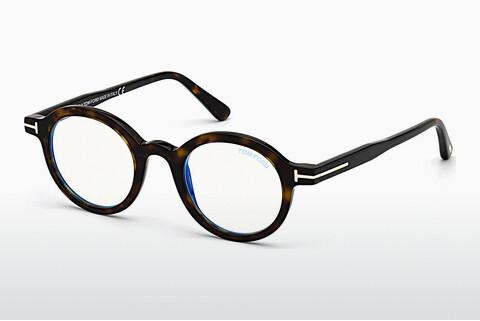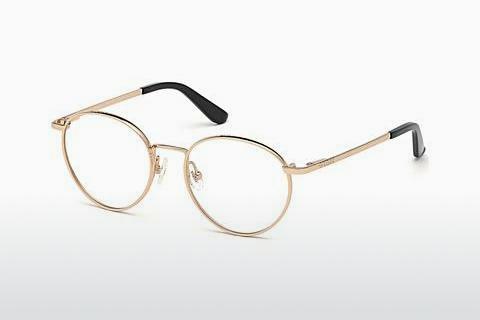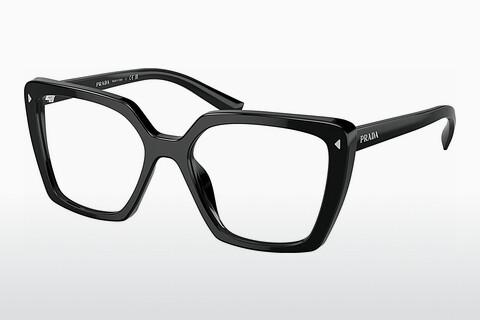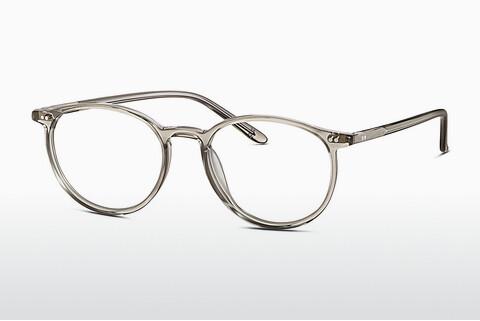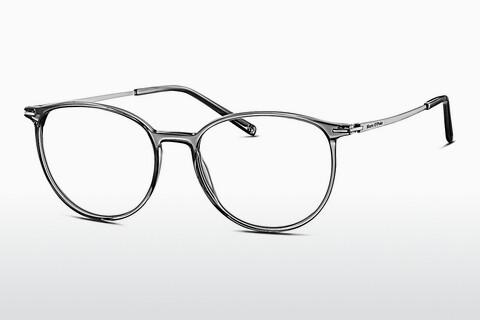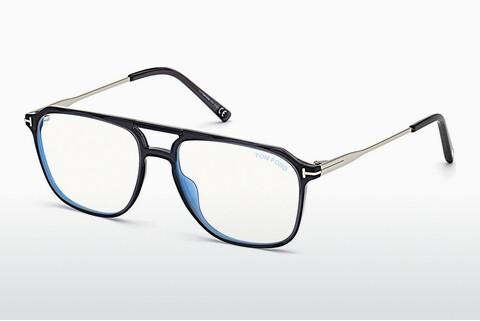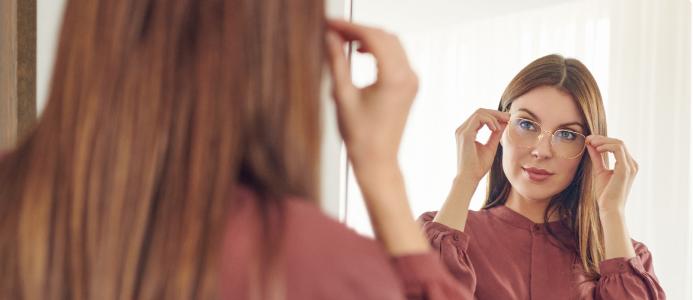
Varifocal Glasses
product group
Head Width
- Narrow2,011
- Normal13,836
- Wide259
sizes
Features
- New Releases (1,388)
- Sale (794)
- StyleDEAL (320)
- In Stock (2,803)
- Virtual fitting (7,345)
Brand
- Adidas (20)
- Adidas Originals (32)
- Arnette (218)
- Boss (481)
- Brendel (247)
- Burberry (410)
-
Bvlgari (7)
- Calvin Klein (558)
- Carolina Herrera (429)
- Carrera (528)
- Converse (1)
-
Céline (9)
- David Beckham (253)
-
DITA (15)
-
Dolce & Gabbana (331)
- Dsquared2 (127)
- Emilio Pucci (62)
- Emporio Armani (388)
- Ermenegildo Zegna (7)
- Ferrari Scuderia (90)
- Fossil (90)
- Fraymz (305)
- FREIGEIST (62)
- Gant (41)
- Giorgio Armani (368)
- Guess (255)
- Havaianas (2)
- Hugo (182)
- Humphrey (395)
-
ic! berlin (213)
- Isabel Marant (144)
-
Jimmy Choo (178)
- Jos. Eschenbach (158)
- Karl Lagerfeld (2)
- Kate Spade (293)
- Lacoste (318)
- Liu Jo (11)
- Longchamp (15)
- Luxottica (2)
-
Marc Jacobs (344)
- Marc O Polo (272)
- Max & Co. (94)
-
Max Mara (39)
- Michael Kors (324)
- MINI Eyewear (9)
- Missoni (229)
-
Miu Miu (6)
-
Moncler (2)
- Montana (14)
-
Moschino (258)
- Nike (364)
- Oakley (513)
- Persol (301)
- Pierre Cardin (182)
- Polaroid (467)
- Polo (301)
-
Prada (390)
-
Prada Sport (176)
- Rag and Bone (7)
- Ralph (195)
- Ralph Lauren (200)
- Ray-Ban (1,113)
- Ray-Ban Junior (241)
- Safilo (1)
- Seventh Street (325)
- Sferoflex (4)
- Skechers (20)
- Smith (58)
- Swarovski (288)
-
Tiffany (8)
- Timberland (71)
- TITANFLEX (310)
- TITANflex (1)
-
Tod's (11)
-
Tom Ford (221)
- Tommy Hilfiger (594)
- Tory Burch (190)
- Under Armour (183)
-
Valentino (2)
-
Versace (269)
- Versace Kids (52)
- Vogue Eyewear (668)
- Web Eyewear (13)
- ∨
- ∧
frame
Frame material
- Plastic (6,348)
- Metal (3,803)
- Combination (346)
- Bio inj-g820 (234)
- Titanium (223)
- Mixed (78)
- Bio inj-g850 (71)
- Rec acetate-renew (63)
- Titan (16)
- Rec metal-stainless (9)
- Bio acetate-m49 (8)
- Memory-metal (6)
- Carbon (4)
- ∨
- ∧
price GBP
- –
- below 45 (37)
- 45 – 100 (2,487)
- 100 – 120 (1,703)
- 120 – 250 (10,282)
- 250 – 450 (1,927)
- above 450 (141)
Sort by
- sort by price (lowest price first)
- highest price first
- order by salesrank
- Sort by release date
Buy Varifocal Glasses Online
Do you often have to look over your glasses to see things in focus close up? Your arms aren't long enough to read everything? Our affordable varifocals help you see sharply at all distances:
Here's how it works:
- Choose your frame, click on "Order with prescription" and select "varifocal lenses".
- Enter your prescription values and select the desired visual range.
- Choose your preferred lens and add any extras.
- After ordering, your new glasses will be made for you and will usually be delivered within 10-14 working days.
More information and advice as well as practical tips for getting used to your varifocal lenses can be found in our guide.
Everything You Need to Know About Varifocal Lenses
How do varifocals work?

Varifocals give you the best vision at all distances. Instead of having a separate pair of reading glasses and distance glasses, you only need one pair of glasses. Varifocals are also called progressive or multifocal lenses, because with only one lens several visual acuities can be corrected. This makes varifocals the most modern and comfortable way to correct presbyopia. But how do varifocal lenses actually work? Varifocal lenses contain different visual ranges: if you look through the upper part of the lens, your long-distance vision is sharp, and if you look through the lower part of the lens, your close-up range needed for reading is sharp. The lens space in the middle is responsible for medium range distances, for example the dashboard in a car or the boundary post when parking. The transition between these different refractive powers is smooth, hence the name progressive lenses.

The overall field of vision of the long-distance, medium-distance and short-distance areas can be enlarged in different ways depending on the quality of the lens and individual preferences. A larger field of vision costs a little more, but offers clear advantages in terms of wearing comfort. This raises the following questions: what types of varifocals are there? And which varifocals are right for me?

Classic
(normal range of vision) These glasses are the right choice for people who are new to varifocal lenses. When looking around, however, the head has to be moved around more because the blurred peripheral areas are relatively large.
Comfort
(extended field of vision) These lenses require less head movement when looking around than (classic) lenses with a normal field of vision. This is because their field of vision is extended by 20% in comparison.
Premium
(enlarged field of vision) Here, the field of vision is 35% larger than the normal (classic) lenses. These lenses are the perfect mid-range option.
Individual
(large field of vision) The lenses in this category offer you a field of vision that is 50% larger than the normal (classic) lenses.
Individual Super+
(maximum range of vision) If you want maximum comfort, you should go for these lenses. Their field of vision is a full 65% larger than normal (classic) lenses. In addition, the acclimatisation period is significantly shortened and long-time periods of short- and medium-distance vision becomes more comfortable.Do I need varifocal glasses?
Who needs to wear varifocals? In short: varifocals are generally for those who have presbyopia and need help focusing on near objects.
SHOW MORE
Who needs to wear varifocals? In short: varifocals are generally for those who have presbyopia and need help focusing on near objects. Presbyopia is a completely normal part of ageing that usually begins around the age of 40. The lens of the eye lose elasticity with age and can no longer adjust as well to different distances. As a result, the eye is no longer able to focus on near objects as well, and the letters become visibly blurred. If at some point your arms are no longer long enough to hold texts at the right distance to read them clearly, there is no avoiding reading glasses - or even varifocals. Actually, far-sightedness, which is caused by the eye being shorter than normal, can often be accommodated for at younger ages thanks to the flexibility of the eye’s lens. As the eye ages and the lens stiffens, this is no longer possible and hence is why far-sighted people often notice presbyopia earlier than others.
Check: When do varifocals start making sense for me?
- Do you have trouble seeing things close up?
- Do you hold your book further and far away from you when you read?
- Do you have problems seeing clearly in dim light or at night?
- Do your eyes get tired more quickly when you read? Do you have headaches more often than usual?
- Do you take your glasses off when you read because you can see better without them?
If you answered yes to one or more of these questions, it makes sense to make an appointment with your optician to get an up-to-date prescription.

What are the pros and cons of varifocals?
You may be asking yourself: should I choose one pair of varifocals or two pairs of glasses? The answer depends on your needs and, of course, on your personal visual acuity.
SHOW MORE
You may be asking yourself: should I choose one pair of varifocals or two pairs of glasses? The answer depends on your needs and, of course, on your personal visual acuity. In general, varifocals have some important advantages:
- You don't have to constantly switch between reading glasses and distance glasses, and you don't have to carry two pairs of glasses around with you. Not to mention the hassle of looking for them if you misplace one of them...
- Varifocals not only have a reading range and a distance range, but in between there is a smooth transition that enables sharp vision even at intermediate distances.
- Varifocals look like normal glasses - a discreet solution that doesn't give your age away.
However, varifocal glasses also have some disadvantages:
- Having multiple visual ranges also means that each individual range is smaller than with single-vision glasses. For example, if you spend most of your time working at a computer screen or reading books while lying down, you would be better off with a pair of office glasses or reading glasses.
- Varifocals take a while to get used to: our brain needs between a few hours and several weeks to learn to see in a new way. Tip: the sooner you start wearing varifocals, the easier it will be to get used to them!
- Varifocals are expensive to make and therefore more expensive than normal glasses.
Conclusion: Varifocals are great - but not everyone gets on well with them right away. Listening to problem stories from friends isn't very helpful either, because everyone's experience is different. It's better to try them with an open mind, then it's much easier for your brain to get used to the new visual ranges quickly.
What is the difference between varifocals and bifocals?
There are several options for lenses with multiple corrective areas: varifocal lenses, bifocal lenses and trifocal lenses.
SHOW MORE
There are several options for lenses with multiple corrective areas: varifocal lenses, bifocal lenses and trifocal lenses. Varifocal lenses enable continuous clear vision at all distances. There are also bifocal and trifocal lenses. Are these perhaps just as good? Not really. Bifocals consist of a regular distance lens and a small "window" for close-up vision. This type of glasses was invented by the American inventor Benjamin Franklin, who in 1770 simply halved the lenses of his short-distance and long-distance glasses and mounted the halves together in a spectacle frame. Perhaps not as earth-shattering as his invention of the lightning rod, but nevertheless a great relief for the statesman. The disadvantage: in contrast to varifocals, where the gaze can just glide from near to far, with bifocals the eye jumps from near to far without any transition. This is not only strenuous for our eyes, it can also be dangerous, for example, when climbing stairs. With trifocals, another window is built in for the intermediate range. The fact is: with both versions, the "little window" is clearly visible, which is unattractive and not very modern.
How much do good varifocals cost?
You can easily pay £900 for varifocals at a high-street optician. However, some online shops offer varifocals for as little as £40.
SHOW MORE
You can easily pay £900 for varifocals at a high-street optician. However, some online shops offer varifocals for as little as £40. How do these big price differences come about? And why are varifocals so expensive? First of all, you can't expect miracles for £40, neither in terms of the field of vision nor in terms of the thickness of the lenses. After all, combining dozens of lens strengths in just one lens is a very complex manufacturing process. The price of varifocals basically consists of two components: the lenses and the frame. With the frame, there is considerable leeway depending on the supplier, and there are also significant differences in the price of varifocal lenses. Standard lenses start at about £90, custom varifocal lenses with an extended field of vision or similar can cost £390 upwards. If you want extra anti-reflective coating, lens hardening or tinting, the whole thing adds up quickly. An alternative are prefabricated standard progressive lenses with a correspondingly lower level of visual comfort. So how expensive are good varifocals? If you value a frame from a good brand, good service and custom-made quality lenses with a larger visual range and lens coatings, you should expect to pay around £550.

Which frame do I need for varifocal lenses?
Not every frame is suitable for use as varifocals, because the lenses need to be a certain size to enable optimal vision.
SHOW MORE
Not every frame is suitable for use as varifocals, because the lenses need to be a certain size to enable optimal vision. You need to consider the following when choosing your frame:
Frame Height
The frame must be at least 25 millimetres high so that there is enough room for all the visual areas of the varifocal lenses. If the frame is too narrow, the near or distance range would have to be reduced, which would make correct vision unnecessarily difficult.
Frame Shape
Rimless varifocals are very discreet on the face and go well with any outfit. However, rimless models are only recommended up to a certain level of short-sightedness. At higher strengths, the rims of the lenses become several millimetres thick and therefore too thick for a rimless frame.
Frame Width
The width of the glasses of your choice should correspond as closely as possible to the width of your head so that the temples fit snugly against your ears and the frame does not slip. Only a perfect fit guarantees perfect vision. Glasses that are too large can also make your head look smaller.
Tutorial 4:
Choosing the Right Size Glasses and Lens WidthYou can find out what size your new glasses should be so that they fit perfectly here.
What else should I look out for in varifocals?
Sufficiently large visual ranges are one thing. But a good pair of varifocals should have a few more features to ensure perfect vision.
SHOW MORE
Sufficiently large visual ranges are one thing. But a good pair of varifocals should have a few more features to ensure perfect vision.
- Thin and light lenses
Especially in cases of high prescriptions, it is important to choose thinner and thus lighter lenses. A refractive index of at least 1.6 is recommended. With this index, lenses are already 20 percent thinner and more robust than with the standard refractive index of 1.5. - Clean Coat
A clean coat ensures that dust and dirt that can affect vision do not stick to the lenses, but can be easily removed. - Super anti-reflective coating
Without an anti-reflective coating, the person you are talking to might not see your eyes through the glasses, but only themselves in the lenses. Anti-reflective coating guarantees perfect vision - and also reduces the dangers of light reflections and glare, for example in road traffic. - Lotus effect
A lotus coating lets water droplets simply roll off, so that even after a rain shower, clear vision is guaranteed. - 100% UV protection
Spectacle lenses should always have 100% UV protection because the sun's harmful ultraviolet rays attack the retina and can cause diseases such as cataracts. - Extra hardening
Scratches on your glasses lenses not only look bad, they also immediately worsen vision. An extra hard coating makes the lenses more robust and durable and helps to prevent scratches. - Blue light filter
If you work a lot on a computer, you should consider a filter against the short-wave blue light from monitors that can make our eyes tire quickly.

How should varifocals fit?
As with any glasses frame, it’s important that it fits well and does not constantly slide back and forth. This is even more important for varifocals.
SHOW MORE
As with any glasses frame, it’s important that it fits well and does not constantly slide back and forth. This is even more important for varifocals. If varifocals are not centred correctly, headaches and rapid fatigue can result, as the eyes and brain have to constantly strain to compensate for the incorrect fit. It is therefore very important to correctly determine the pupillary distance to ensure that the wearer's gaze can target all visual zones without strain.

How long will it take me to get used to varifocals?
Every glasses wearer knows a story or two about people who had a hard time getting used to their new varifocals. But there are several tips for the first time.
SHOW MORE
Every glasses wearer knows a story or two about people who had a hard time getting used to their new varifocals. But there are several tips for the first time. Dizziness, headaches, blurred areas: clearly, getting used to a new way of seeing is hard work for the brain. It is only logical that this adjustment phase can last a few days and maybe even two or three weeks. It is therefore recommended to start wearing varifocals as early as possible to make it as easy as possible for our brain. Most new wearers of varifocals find it difficult to get used to turning their head to follow their gaze in order to use each visual range of the lenses. Here are some tips on how to make the transition easier:

- Wear your new varifocals every day, preferably all the time, so your brain gets used to them.
- Try to turn your head when you look around so that you don't have to look through the out-of-focus areas.
- Wear your glasses for different activities. When reading, going for a walk or watching television, you need different visual ranges to train your gaze.
- Climbing stairs is often a problem at first: consistently try to look through the middle part of the lenses, which covers the area up to 2 metres away.
- When reading, do not tilt your head down too far, otherwise you will no longer be able to see through the close-up area of the lenses. The result: the text looks blurred.
- The upper part of the lenses is for distance vision. When driving, keep your head straight and only look at the dashboard. When looking over your shoulder, you need to turn your head a little more than before.
If, despite these tips, you still have problems after a few days, it may be due to the type of lens you have chosen. The field of vision in the cheaper Classic or Comfort lens types is not that wide, i.e. the sides are blurred. This is completely normal and must be compensated for by head movements. However, if your vision is blurred when you look straight ahead or you have to really contort your head to see sharply, you can contact our support team.

Sunglasses with Varifocal Lenses
Even in the sun, it's annoying to have to switch between several pairs of glasses all the time. Varifocal sunglasses are the comfortable solution.
SHOW MORE
Even in the sun, it's annoying to have to switch between several pairs of glasses all the time. Varifocal sunglasses are the comfortable solution. There are two options for sunglasses with varifocal lenses. Simply add a tint of your choice online when ordering your varifocals. Or, simply order varifocal lenses for the sunglass model of your choice. Here, too, don't forget to select your desired tint when ordering! There is a choice of tints in various colours, with or without polarisation, as well as self-tinting lenses.

Can I wear varifocals while exercising?
Many people simply put their glasses away in their sports bag when exercising. Sports glasses with varifocal lenses are more comfortable and conducive to a good sports experience.
SHOW MORE
Many people simply put their glasses away in their sports bag when exercising. Sports glasses with varifocal lenses are more comfortable and conducive to a good sports experience. Everyday glasses can be a risk of injury during sporting activities as they can easily break, but walking around without sharp vision is not safe either. In principle, varifocal lenses can be fitted to many sports glasses without any problems, but the frame must not be too curved. However, you should be clear beforehand about exactly what kind of sport you need them for and what distances are most important. You need a different range of vision for clay pigeon shooting than for teeing off in golf. And if you prefer tennis or downhill biking, you will probably have a hard time with varifocal lenses, because you have to constantly switch between near and distance vision.
Varifocal contact lenses? Is that possible?
If you can't or don't want to wear varifocals, you still have the option of using multifocal contact lenses or undergoing surgery.
SHOW MORE
If you can't or don't want to wear varifocals, you still have the option of using multifocal contact lenses or undergoing surgery. In an operation, the eye's own lens is replaced by an artificial multifocal lens. If you prefer to use multifocal contact lenses, you need to remember that they work a little differently than varifocals. With multifocal contact lenses, distance and near vision are equally integrated. The brain decides in each case for the sharp image near or far, depending on where you are looking at the moment. Here, too, nothing works without a period of acclimatisation. Important: for a perfect fit, varifocal contact lenses must be ordered by an ophthalmologist or optician.
Varifocals or workplace glasses?
Is it possible to wear varifocals at the computer? In principle, yes, especially for people who have only a small difference between near and distance vision or who generally have very low prescription values.
SHOW MORE
Is it possible to wear varifocals at the computer? In principle, yes, especially for people who have only a small difference between near and distance vision or who generally have very low prescription values. If this is not the case, working on a PC with varifocals is often quite tiring because the field of vision of the varifocals becomes blurred at the sides and you are thus constantly forced to move your head back and forth to keep the whole monitor in view. In this case, special workplace glasses, also called computer glasses or office glasses, are recommended. These include an extended close-up and intermediate range, so that you can sit and work without discomfort. They cover all areas from about 45cm to about 3 metres, which covers everything from your mobile phone to the screen to your colleague at the office door. The only thing to consider when choosing the viewing area is whether you work mainly on a laptop or have a screen that is further away and possibly even raised. And of course, you shouldn't forget your computer glasses at home, so it's best to always keep them in a case in your work bag, otherwise even the best glasses won't help!







